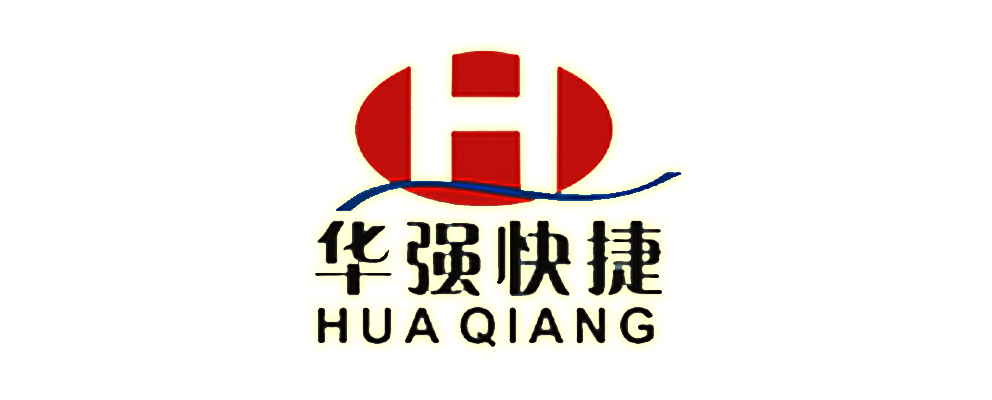Many of our customers have contacted us to find out how many options are available for
PCB board thickness. Circuit boards are single or other core components connected by moderately cured epoxy sheets, which are called prepreg blanks. The thickness of the finished product PCB can be achieved by the combination of different core thickness and prepreg sheet. However, the range of lamination thickness options available to customers ranges from 0.008 inches to 0.240 inches, and includes
0.2 millimeters (0.0079 inches).
0.4 millimeters (0.016 inches).
0.5 millimeters (0.020 inches).
0.6 millimeters (0.024 inches).
0.8mm (0.032 inches).
1.0mm (0.04 inches).
1.2mm (0.047 inches).
1.5mm (0.062 inches).
1.6mm (0.063 inches).
2.0mm (0.079 inches).
2.3mm (0.091 inches) and so on.
Various laminates options are available in the market to ensure the delivery of quality products to our customers. We usually use laminate thickness according to your specifications and requirements. Although the market provides 1.6 millimeters (0.063 inches) of standard thickness. Sometimes the thickness of the core layer of the circuit board and the line impedance of the solder resist coating must be considered. When calculating the impedance, the effect of conformal coating must be considered, because the circuit board is usually covered in the solder barrier layer. In general, the solder resist layer reduces the impedance on the thin trace. When the wire thickness increases, the solder resist will have much less influence. Copper wire is the foundation of the circuit. Copper plating is to deposit copper foil on the PCB board. The purpose of copper deposition is to deposit a layer of 0.3um-0.5um copper on the pore wall by chemical reaction, so that the pore wall is conductive, commonly known as electroless copper plating and porosification. The reason why copper sinking is the core process in PCB production is that the circuit generates specific functions through current, and copper is the only two carriers of conduction. If copper sinking fails in any part of the circuit board, the function here will be lost, or even the whole board will be damaged.
The completion rate of PCB is different from speed, availability, life expectancy, consistency and assembly processing. Since each facing has its unique advantages, products, procedures or settings will define appropriate surface treatments for the application. We recommend that our users and designers constantly coordinate with us to choose the ideal decoration for the required product design. This will ensure that you have better final product delivery price.Our goal is to provide customers with high quality services at competitive prices. We have repeatedly designed effective cost structures for our buyers to reduce overall prices and provide quality services compared with PCB service solutions for our customers.
Sometimes the price varies with the thickness of the circuit board, but it depends on the customer's specifications.
If the buyer chooses non-standard PCB thickness, the cost will increase because these costs are higher than standard materials.
